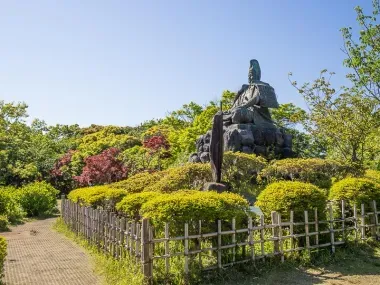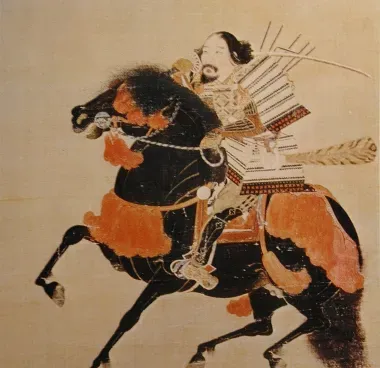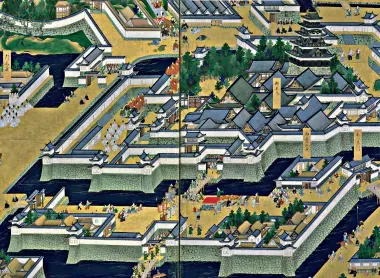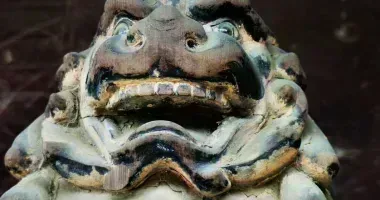The Shogunate 幕府
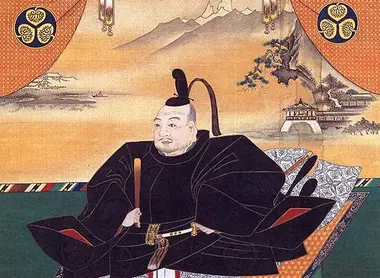


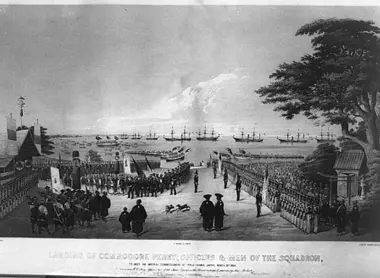
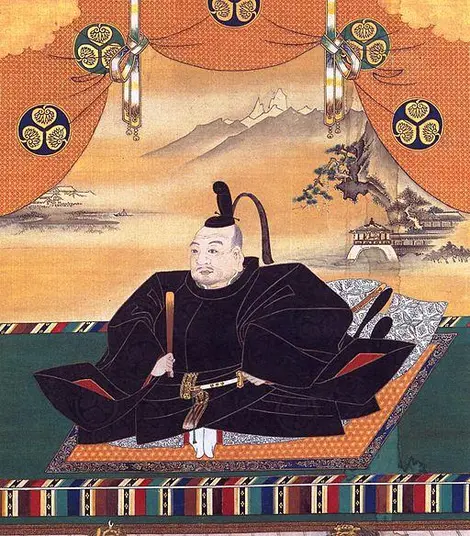
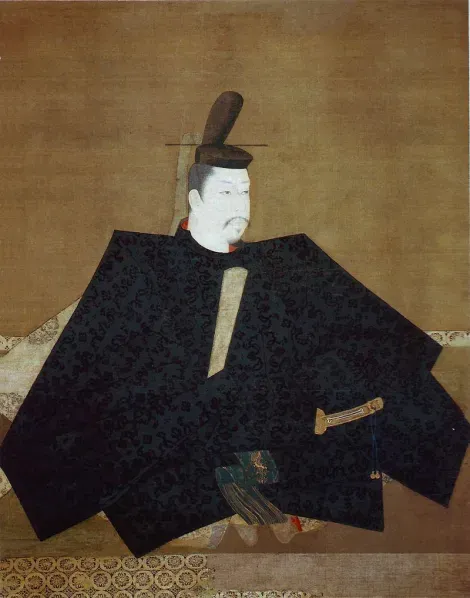

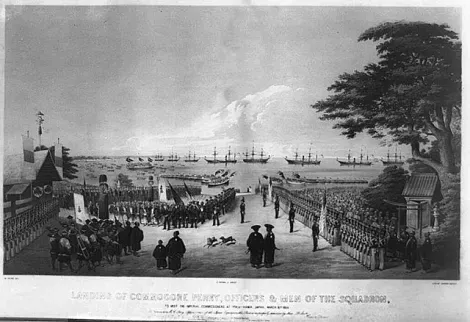
The ruling samurai
Japan has had an emperor since 660 BC, according to tradition, has belonged to the same family for more than 2500 years. However, during the last millennium, he has only governed the country sporadically, often leaving the controls to the country's military class, the samurai and the Shogun.
The origin of a power
The shogun was originally a general during the Heian period (794 - 1185) to conquer and pacify Tohoku against the indigenous Emishi populations. The full title was then "seii taishogun" or "great peacemaker general of the barbarians". The most famous of them was Sakanoue Tamuramaro, also the founder of the Kiyomizu-dera temple in Kyoto.
Fallen into disuse after the completion of the conquest of Tohoku, this title knew a second youth with the rise in power of the samurai, warriors in the pay of large landowners who became in the 11th and 12th centuries, the dominant force of the country.
The latter finally took power over the court of aristocrats in Tokyo in 1185 with the creation of the bakufu, "government under the tent", or the lodging of warriors during a military campaign, from Kamakura. Thus was born a power that was to last nearly 700 years in different forms.
The Three Shogunates
Japan had three shogunates in its history.
The Kamakura Shogunate (1192 - 1333). Founded by Minamoto no Yorimoto, this military government was quickly dominated by the Hojo clan, which monopolized the office of "regent", while the lords of the provinces, the "shugo", saw their power grow.
The Ashikaga Shogunate (1336 – 1573). Created by Ashikaga Takauji, this shogunate had the Muromachi district in Kyoto as its center of power, Takauji being close to the imperial court. It was this proximity to a competing power that made his shogunate weaker than the others, as the provincial lords, henceforth called "daimyo", became over time autonomous.
The Tokugawa shogunate (1603 – 1868). Set up by Ieyasu Tokugawa, the last of the country's three unifiers, it imposed a strict and unique power over all of Japan for two and a half centuries, only being overthrown by the arrival of Westerners.
War and peace
The shogunate was for a long time an unstable power, with lords seeking to gain their independence, and when they could, to compete with the central power.
It was thus the background of the shogunates of Kamakura and Ashikaga, during which Zen Buddhism took off. The sanctuaries of Mount Hiei took on great importance from the Kamakura period, when, on the contrary, the weak Ashikaga power saw the birth of an era of flowering of the arts ( Nô, tea ceremony, etc.).
The Tokugawa shogunate was ultimately the bakufu that brought peace and stability to Japan, paving the way for Japan's rise as a great power internationally.
- Read also: Visit Edo in the footsteps of the Tokugawa
